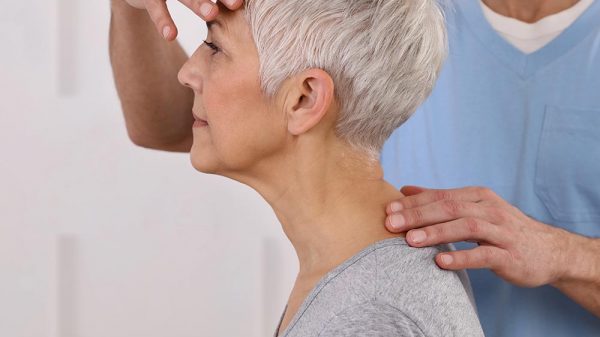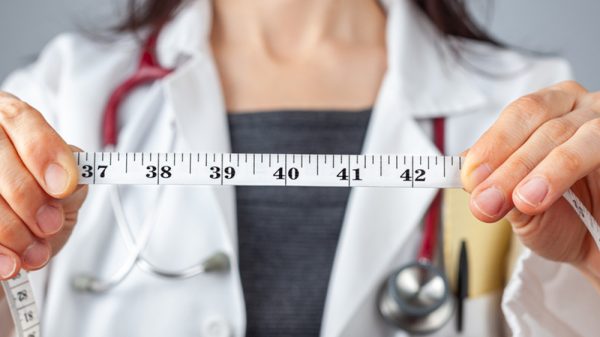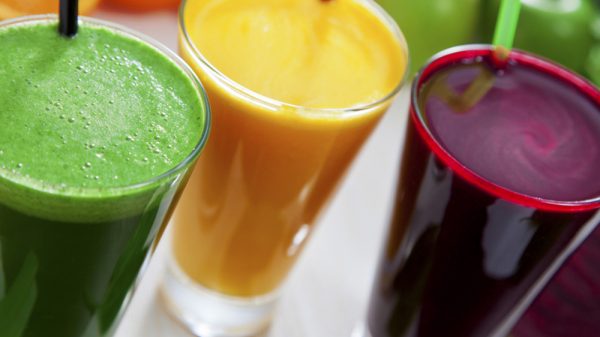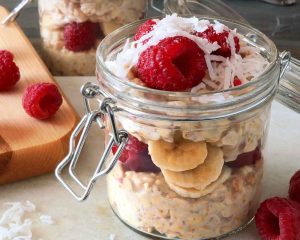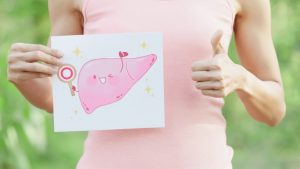Many people strive to lose weight to help manage health conditions and improve quality of life. However, just focusing on dropping pounds on the scale really misses the mark in terms of overall health and longevity. In reality, even the term “weight loss” itself is a bit of a misnomer and disregards both the importance of body composition and the well-known fact that muscle is heavier than fat. Not all weight loss is healthy. Losing fat is good; losing lean muscle is not. Here we go through everything you need to know about how to lose fat without losing muscle.
Fat vs. Muscle
Fat in the body, also called adipose tissue, helps protect and insulate organs. A body fat percentage of zero would not be healthy. However, having too much body fat contributes to risk factors for a host of diseases like high cholesterol, hyperglycemia, type 2 diabetes, insulin resistance, metabolic syndrome, and fatty liver disease. The distribution of body fat also contributes to health risks, for example; fat accumulated in the abdominal area can raise the risk of developing cardiovascular diseases.
Muscle Is Needed for Fat Loss and Overall Health
Muscle is critical for everyone, not just athletes. Muscle tissue is crucial for physiological function and tends to be undervalued in its role in supporting wellness and longevity. (1) Your heart itself is a muscle that is responsible for bringing nutrients and oxygen to all of your other organs. Keeping your heart healthy is just one piece of the puzzle.
Other roles of muscle tissue in the body include:
- Regulating blood glucose
- Supporting your joints
- Maintaining a healthy stress response
- Facilitating recovery from injuries
Research also shows that maintaining muscle mass is necessary to keep metabolic rates high. A review conducted at the Department of Medicine and Physiology at the University of Fribourg in Switzerland assessed the impact of dieting on metabolism and body composition. (2) Results suggest that excessive dieting that leads to muscle loss lowers metabolic rates and increases the risk of regaining fat.
Another study examining the impacts of a low-calorie diet showed that 25% of initial weight loss could be attributed to a loss in lean muscle. (3) Losing a significant percentage of lean body mass can lead to loss of strength, exhaustion, higher risk of injury, slower recovery times, and lower quality of life. (4)
Clarifying the Role of a Calorie Deficit for Fat Loss and Muscle Gain
A calorie deficit is generally defined as consuming fewer calories than is required to support your current body size and activity level. It is generally believed that a calorie deficit is necessary to lose fat. However, this is highly dependent on your starting weight, and the recipe is not quite that simple when it comes to losing fat without losing muscle.
Relying on Calorie Restriction Does Not Work
Many people rely on calorie restriction to create a calorie deficit. When using this method to lose weight, it’s helpful to reframe the definition of a calorie deficit to mean consuming the number of calories that support your healthy body weight. Each person has an ideal, healthy weight range for his or her height and unique body structure.
For individuals who are overweight, cutting calories will at first lead to a rapid drop in weight because excess calories are needed to maintain excess weight. As you continue to lose weight, sustaining your initial weight loss rate becomes increasingly difficult: you would need to eat fewer and fewer calories to maintain the same calorie deficit you started with.
The Dreaded Plateau
At this point, you may reach the commonly experienced “plateau” as your weight loss levels out. You may be in your goal weight range, and it feels frustrating because you’re still not at your goal size.
The reason for this plateau is after you’ve reached your ideal and healthy weight, constantly reducing calories is simply not sustainable. Excessive calorie restriction will cause fatigue, slow metabolism, and muscle wasting – which is the exact opposite of what you’re trying to achieve. Continually lowering your caloric intake is simply unhealthy.
And on top of that, factoring exercise into the equation makes excessive calorie restriction even more nonsensical and unattainable. Overdoing exercise, especially while restricting calories, can also cause muscle breakdown- another undesirable outcome. You may even need to consume more calories to support muscle growth.

When Should You Be in a Calorie Deficit?
Let’s bring the caloric deficit question full circle in terms of how to lose weight without losing muscle. When overweight, losing fat, and gaining muscle does require a calorie deficit. When you’re within your healthy weight range, losing fat and gaining muscle does not require a deficit.
Calorie intake is just one piece of the puzzle. Let’s get into how to reduce body fat and achieve a healthy body composition. The best way to lose body fat while simultaneously maintaining muscle involves establishing a healthy mindset, doing the right exercises, and getting the right nutrients.
Stop Looking at the Scale
While you’re working to get within a healthy weight range, checking the scale might be helpful. However, after your weight loss levels out, body composition will be much more relevant than the number on the scale.
Keep in mind that muscle tissue is much denser than adipose tissue. When you’re within a healthy weight range, putting on muscle mass and losing fat will probably result in weight gain. It can be disorienting to be stronger and fit in your clothes better while watching the number on the scale increase. Consider ditching the scale altogether at this point.
To Build or Maintain Muscles, You Have to Use Them
Does this mean you need to become a bodybuilder to increase muscle mass percentage? Absolutely not. But engaging in consistent exercise that incorporates strength training is critical to maintain muscle mass that supports optimal body function.
What Happens When You Use Your Muscles
When you engage in strength or resistance training – for example, lifting weights – you are inflicting damage on your muscle tissue on a molecular level. As you contract your muscles to lift something heavy, your muscle fibers are tearing and must repair themselves in the hours and days following a workout. Throughout the repair process, your body fortifies the muscles using nutrients from the foods you eat, allowing muscles to become stronger and larger.
Combine Cardio and Strength Training
When creating a lean muscle workout routine, combining cardio and strength training is a good approach. Aerobic exercise strengthens your heart and increases blood flow throughout your body, while strength training helps you maintain muscle. When you’re striving to stay active and make working out a habit, it’s important to branch out beyond the treadmill.
Here are a few tips for keeping your workouts interesting:
- Workout with a friend. This could mean going on a brisk walk or jog a few times a week or hitting the gym together.
- Choose a sport. You don’t need experience to play a sport. Your area likely has groups that meet up to play a sport just for fun!
- When strength training, start out slow. Doing bodyweight exercises is a great place to start and as you get stronger, you can incorporate weights. For example, lunges are an excellent workout for your leg muscles. Adding hand weights during lunges will challenge your muscles and build more muscle mass.
- Try a new workout class. Trying new classes is a good way to figure out what kinds of activities you enjoy. Maybe you find out that you really enjoy a workout dance class or a yoga session that incorporates strength training.
Keep in mind that a key to staying consistent is making workouts something you enjoy, and not simply something to check off your to-do list.
Consume a Diet Based on Whole Foods
Focusing on what you’re eating – not just how much you’re eating – is the best way to lose body fat while simultaneously building muscle mass. A diet based on processed food fills your body with unhealthy oils, refined sugars, preservatives, and chemicals, while simultaneously depriving your body of essential nutrients. In stark contrast, whole foods have the nutrients that your body needs to build muscle while losing fat.
Here are tips to keep your diet on track as you lose fat and preserve lean body mass.
- Balance your macronutrient intake. Macronutrients include carbohydrates, protein, and fats. Your body needs a balance of all three to fuel physical activity and facilitate proper muscle synthesis. Carbs are not the enemy, as long as they are complex carbohydrates that come from fruits, vegetables, and whole grains.
- Eat lots of fiber. Fiber is abundant in any plant-based food and keeps your gut healthy so you can absorb essential nutrients.
- Get enough micronutrients. Micronutrients, including vitamins and minerals, are vital to supporting fat loss and muscle gain. Micronutrients are abundant in whole foods and help reduce inflammation, balance hormones, and help your body repair post-workout.
- Avoid packaged or processed foods. This includes fast food, chips, candy, cookies, and baked goods. The calories in these foods are empty and can increase your body fat percentage. The chemicals used in these foods can also throw off your body’s hormone balance, spike your blood sugar, and make you feel sluggish.
Protein and Amino Acids
Consuming enough protein with the right ratio of essential amino acids is critical for muscle growth. On the most basic level, your muscle tissue is comprised of amino acids. Amino acids are organic compounds that join together to form a variety of proteins that are involved in numerous biological processes.
What happens when you don’t consume enough amino acids? Your body begins to break down muscle tissue to retrieve amino acids. Consuming foods with essential amino acids ensures that your body has enough starting material with which to build new muscle and carry out important cellular processes. (5)
Protein Helps Maintain Muscle
Protein intake is also important during the initial weight loss stages when creating a calorie deficit is necessary to reach a healthy weight. The Exercise Metabolism Research Group at McMaster University in Canada conducted a study evaluating the impact of a calorie deficit, exercise regimen, and protein intake on overweight men. Researchers assigned the same calorie intake and exercise regimen to the study group and control group. However, the daily protein intake of the study group was 2.4 grams of protein per kilogram of body weight, while for the control group the protein intake was just 1.2 grams. Results showed that in comparison to the control group, the study group gained significantly more lean muscle and lost more fat. (6)
As your body gets older, it has a hard time generating muscle as quickly as it used to during younger years. A research team at the University of Iceland found that for older adults, increased protein intake improved body composition. (7) Maintaining muscle increases the quality of life for aging adults who are prone to losing muscle mass.
Stick to high-quality protein sources like fish, eggs, lean meats, nuts, beans, low-fat dairy products, and tofu. Whole grains like quinoa, amaranth, bulgur, and brown rice are also good sources of protein.
To estimate how much protein you need based on your age and activity level, the USDA provides this helpful protein calculator.
To Build Muscle, You Need Calories
Just to reiterate the issue mentioned earlier: avoid excessive restriction of your calories.
Simply maintaining muscle requires energy, since the energy metabolic expenditure of muscle cells is much higher than that of other cells, even at rest. Muscle tissue experiences a constant turnover as older proteins are replaced with new, fresh protein. Synthesizing new muscle tissue requires even more energy.
Without sufficient calorie intake, you probably aren’t getting enough energy or nutrients required for muscle synthesis. On average, moderately active adults need between 1800-2400 calories per day, depending on activity level, age, gender, and metabolism. (8)
A dietician or nutritionist can help determine the exact number of calories your body needs to maintain and build muscle.
This Journey Is a Marathon, Not a Sprint
As humans, we are programmed to want instant gratification: we want good results, right now. Though trying to drastically restrict calories may give you those fast results according to the scale, it is ultimately counterproductive and will not yield the outcome that you want. Keeping lean body mass and shedding fat requires consistent exercise and healthy eating, which can test our patience.
Here are tips for breaking down your final goal into bite-size pieces:
- Distinguish between motivation and consistency. Know that you won’t always feel motivated and excited to work out or turn down that donut. Do it anyway.
- Celebrate small successes. Whether you added an extra serving of vegetables to your dinner or fulfilled your activity goal for the day, that is an accomplishment!
- Document the process. Jot down your successes, how you’re feeling, and any observations you have. Making a daily log can help you monitor your habits and allow you to reflect on how far you’ve come when you’re feeling stuck.
- Don’t make all changes at once. This applies to diet, calorie intake, and exercise. Moderation is the key to sustaining lifestyle changes.
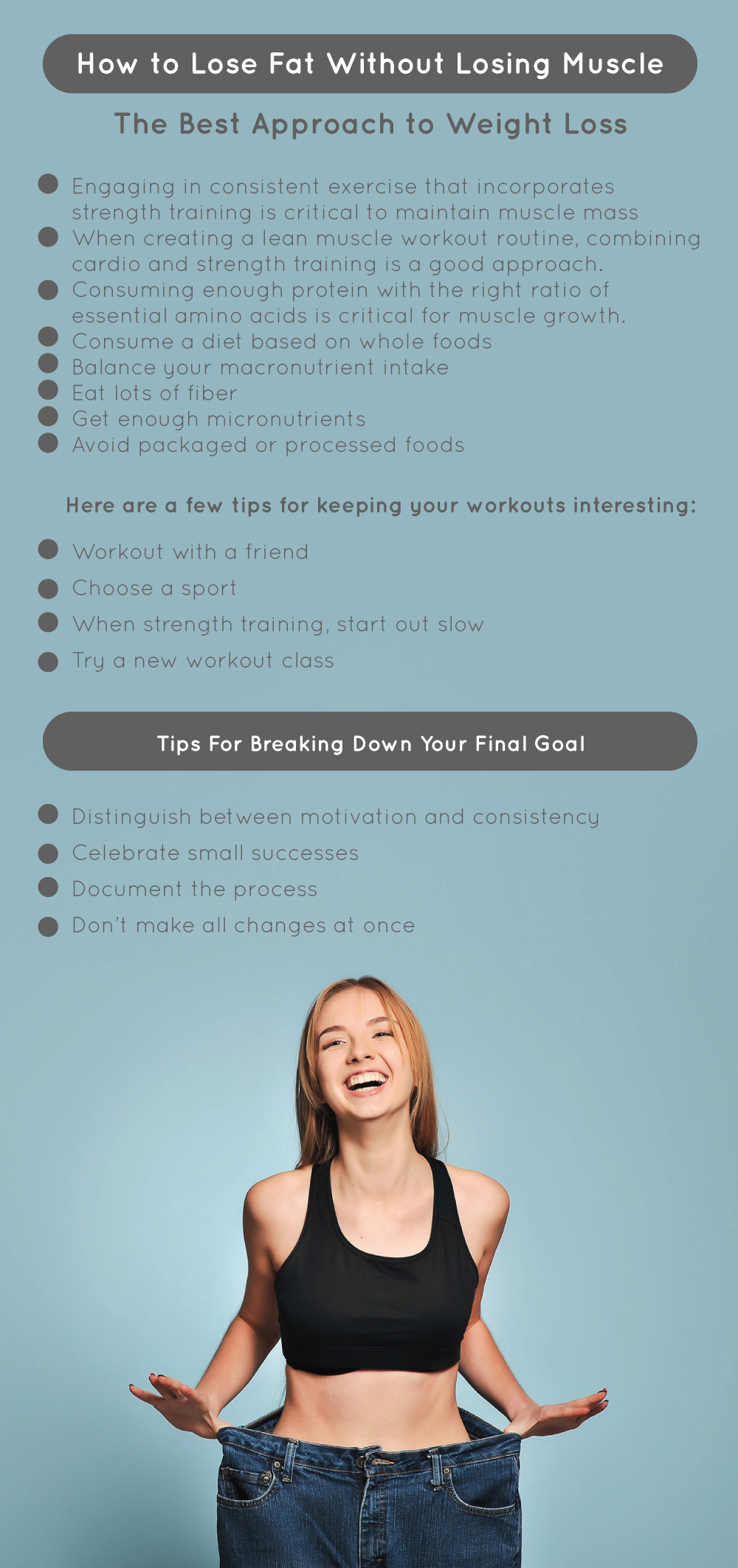
Conclusion
Establishing a healthy mindset and healthy patterns will help you maintain lean muscle mass while shedding fat. And remember, the journey is just as much mental as it is physical. Combining exercise, diet changes and consistency will get you where you want to be. Losing fat and gaining muscle will give you energy, make you feel stronger, lower the risk of illness, and even treat and manage existing illnesses. In every way, strong really is the new skinny!
References:
1. https://www.ncbi.nlm.nih.gov/pubmed/16960159
2. https://www.ncbi.nlm.nih.gov/pubmed/22475574/
3. https://www.ncbi.nlm.nih.gov/pubmed/8383636/
4. https://www.ncbi.nlm.nih.gov/pmc/articles/PMC6315740/
5. https://www.ncbi.nlm.nih.gov/pmc/articles/PMC6090881/
6. https://www.ncbi.nlm.nih.gov/pubmed/26817506/


